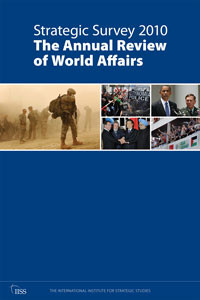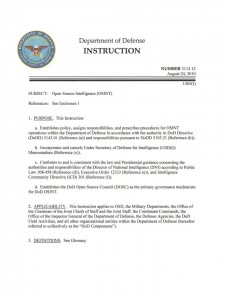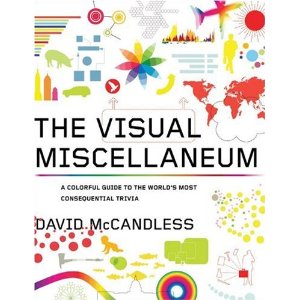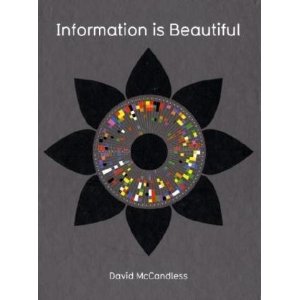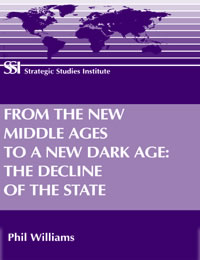Bike, Corey. and Donoso, Juan. “Domestic Instability and US Military Aid: Doing More Harm Than Good?” Paper presented at the annual meeting of the International Studies Association, Town & Country Resort and Convention Center, San Diego, California, USA, Mar 22, 2006 Online <PDF>. 2010-09-10 <http://www.allacademic.com/meta/p99929_index.html>
Publication Type: Conference Paper/Unpublished Manuscript
Abstract: In this study we seek to capture a deeper relationship between US military aid and the levels of violence in the world, what we term as “instability.”
Key sentence: This confirms the notion that as conflicts arise the US acts in a manner of sending military more military assistance purportedly to lend a helping hand. But as table 1a describes, with more military assistance the US actually exacerbates the conflict.

